
The future prospect of the government can be judged on the basis of its performance in the first six months. Nawaz Sharif took off intelligently. He did not intervene in Khyber-Pakhtunkhwa’s government formation, placed a middle-class nationalist, Dr Abdul Malik Baloch, in the driving seat in Balochistan, remained aloof from the no-confidence motion in the Azad Jammu & Kashmir Assembly and restored relations with the MQM. His decisions suggest that he has learnt from the experiences of the 1990s.
Nawaz’s economic team has taken a calculated risk by signing an agreement with the IMF. His drive against illegal electric and gas connections and the preparation for an energy policy show his commitment towards resolving the energy crisis. If energy projects at Neelum-Jhelum, Port Qasim and Gadani are completed on time, it would ensure another term for the PML-N in 2018. A peaceful posture towards India would help the government focus more on the internal problems and a composite dialogue with the West will further reduce tensions at home and abroad.
But there are certain perceptions associated with the Sharif brothers and the PML-N in general. It is widely believed that the party has a penchant for centralisation and that it is not willing to devolve power to the local government level. Secondly, it is thought that the party works for Punjab only and is not a federal party in the true sense. Thirdly, that the PML-N has a soft corner for radical groups. There is evidence for these perceptions and Nawaz will have to clear these perceptions. His Lahore-based cabinet and advisers strengthen the perception that the PML-N is predominantly a central Punjab party. It can be observed that the PML-N does not seem active on ground in other provinces. The party’s leadership hardly interacts with the provincial leadership and workers in other provinces. The PPP has an edge over the PML-N in this regard as despite being a party which originated in Sindh, the former nominated both its prime ministers from Punjab in the last tenure.
On the political front, Nawaz’s conciliatory gestures to other political parties will allow the administration to focus on the energy crisis, terrorism and economic recovery. The BNP, the MQM and the JUI-F could be potential allies in provinces other than Punjab. The PML-N’s confidence-building measures with these parties could earn electoral gains in local government elections and in the next general elections.
As far as the privatisation issue is concerned, the MQM could be a useful ally and can be a key player for the PML-N’s efforts to put the economy back on track, because Karachi’s role will be decisive in economic recovery. Nawaz Sharif’s third term as prime minister could be his luckiest one yet if he overcomes the threats stated in this article.
Published in The Express Tribune, January 23rd, 2014.
Like Opinion & Editorial on Facebook, follow @ETOpEd on Twitter to receive all updates on all our daily pieces.
COMMENTS (8)
Comments are moderated and generally will be posted if they are on-topic and not abusive.
For more information, please see our Comments FAQ



















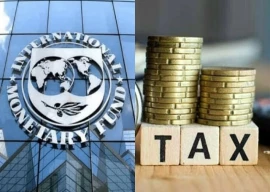
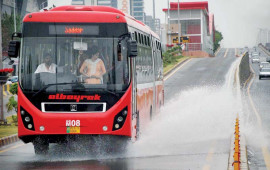

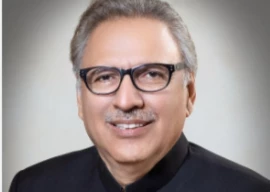
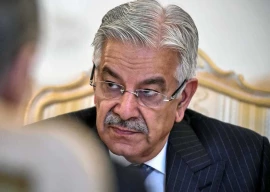
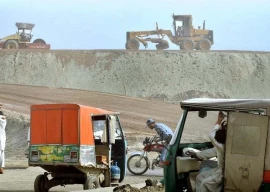

To sum up the performance of the PML-N so far a writer in a daily news paper did it brilliantly, he said something like this : What makes the shameful performance of PPP- Z look good........ its the performance of PML-N, so far.
u didnt even talk about economic policy
Nawaz sharif isn't going so bell. So many problems in the economy, radicalization, corruption. He'll be ousted before you know it.
PPP nominated both PMs from Punjab because the President was from Sindh and being party head he was calling shots.PML did start cautitiously in first 6 months as thee key persons, the President, Army Chief and CJ were from previous dispensation and PML waited to have trusted people on these key posts. Hope the govt will go full throttle with the start of new year. However, over centralization of decision making in the family and the kitchen cabnets of all Kashmiris is neither good for the party nor for the country. In order to prmote the party in other provinces particularly in KPK and Balochistan they need to be more inclusive. This is best time when PPP has shrunk to Sindh only.